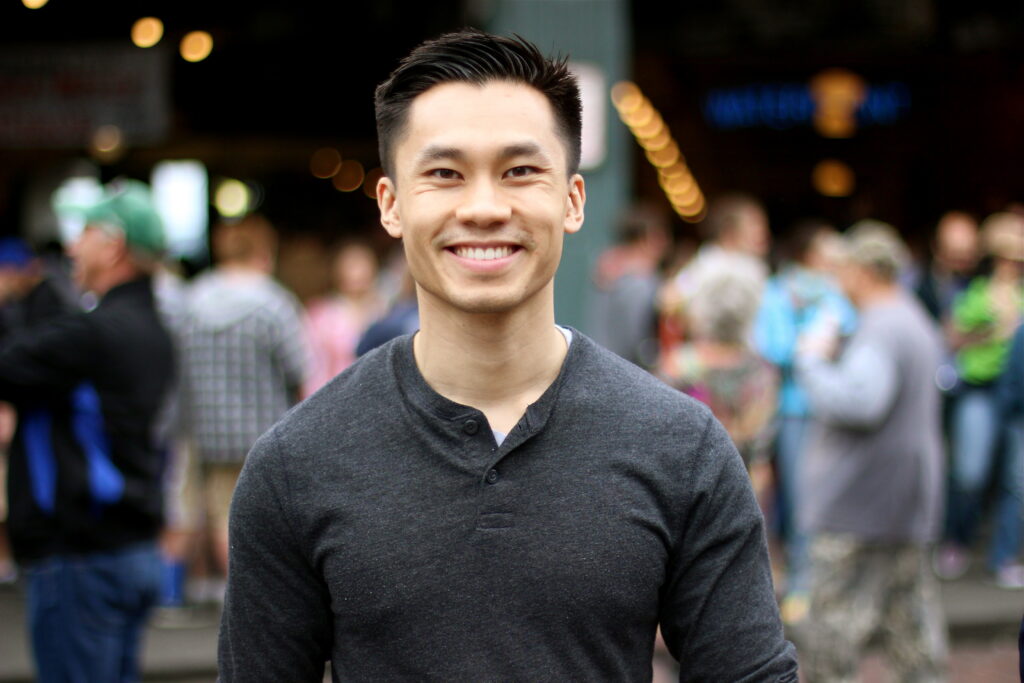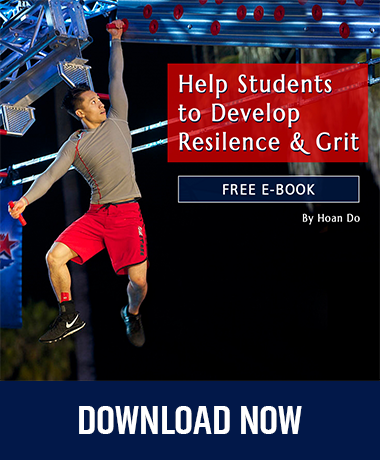
Today NACA’s conversation centered around bringing different theories into practice when working with students: Maslow’s Hierarchy of Needs, Schlossberg’s Transition Theory, Perry’s Theory of Intellectual & Ethical Development, and the Self-Determination Theory of Motivation. Panelists discussed how they implement teachings and tools from these theories when working with students around transitioning to online learning.
Host: Kayla Loper, from Oklahoma State University
Panelists: Jillian Van Auken, University of Dayton Ohio; Rigo Guterrez, University of Chicago; Zeak Naifeh, University of Oklahoma
1) How do you integrate these theories?
Rigo explained that he refers to Maslow’s Hierarchy of needs as well as Schlossberg’s Transition Theory to aid him in helping students think on a more complex level about the current COVID-19 situation. He refers to tools from Perry’s Theory to get them to think about decisions on their own and not rely solely on authority figures. In terms of using terminology from the different theories, Rigo suggests that when students find out how intentional something is they can think you have a secret agenda, therefore he abstains from using specific terminology.
Zeak added that he also utilizes Schlossberg’s Theory in terms of not forcing what he thinks is happening onto the students, recognizing that each student may be going through something very different. He suggests keeping in mind what time of year it is for students in terms of what they are dealing with.
Jillian said that she is helping students find opportunities to learn different skills, encouraging them to look at current resources. She provides guidance and support however encourages students to do the leg work and use their resources.
Kayla mentioned Schlossberg’s theory in recognizing different identities and development in each person. She referred to the Self-Determination theory in understanding what can help motivate students.
2) Which of these theories has transitioned well, or not?
Rigo explained that Perry’s Theory has transitioned well because it challenges the students to be ok with ambiguity, and the way they have to think about engaging with others is becoming more complex.
Jillian reflected that these theories help move students from an external sense of self to having the internal foundation to find answers for themselves. Since online learning has increased she is finding that students are moving backwards in that they are having difficulty navigating and figuring out how to do everything virtually. She is having conversations with students around how to transition to the virtual environment, how to utilize and reconnect with the resources they have.
Kayla explained that at her school they have different students on different boards with varying motivations for doing what they do. Students are being paid for on campus jobs but there is no accountability if they complete their work. She questions how you motivate someone who does not have to do anything but still receives pay. She reflects that volunteers are motivated by peers, and since going virtual it is hard to connect.
Zeak said that his advising style is the same. He continues to ask probing questions to help students identify what is going on, what their needs are, what might be keeping them from being successful, and helping them to find structure. He expressed the recent need to have to return to past conversations with students to remind them of challenges they’ve already worked through, and how to apply the same thought process with staff as well.
Resources
To learn more about the different theories discussed, click on the following links:
Self-Determination Theory
Perry’s Theory
Schlossberg’s Theory
Maslow’s Hierarchy of Needs
Learn more about NACA and register for their upcoming webinars by clicking here.




